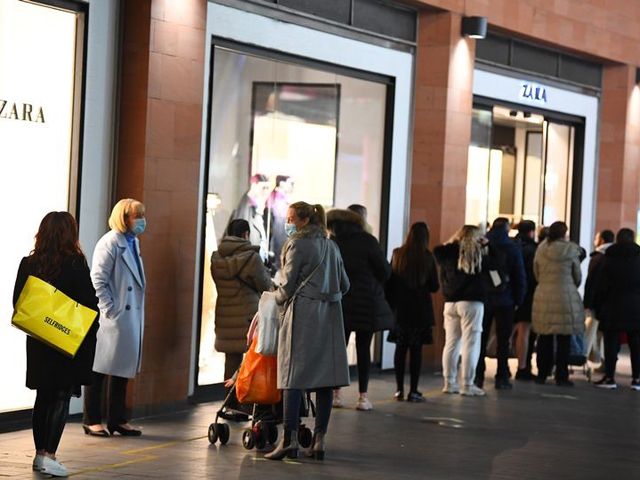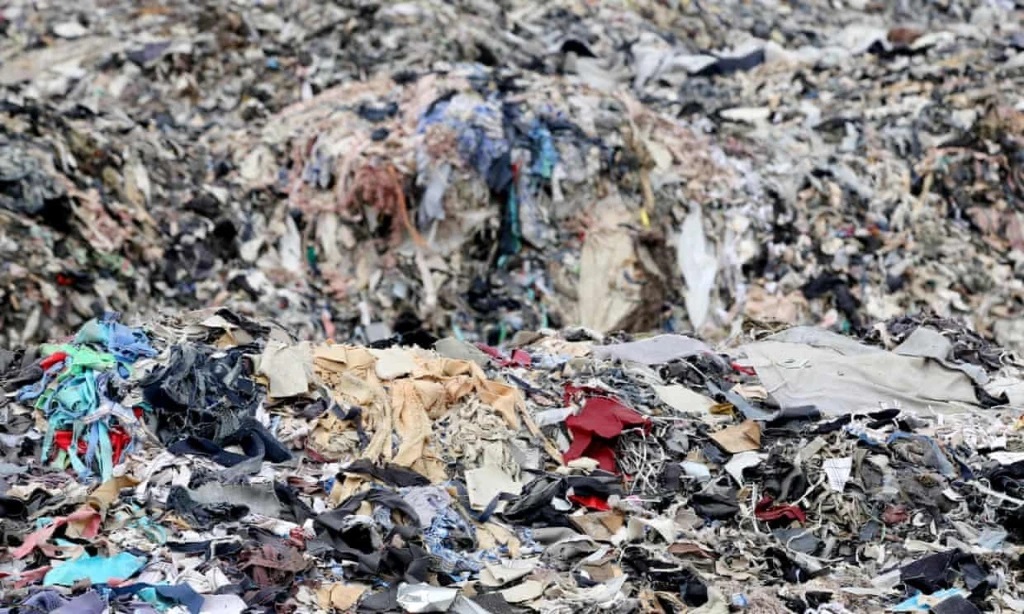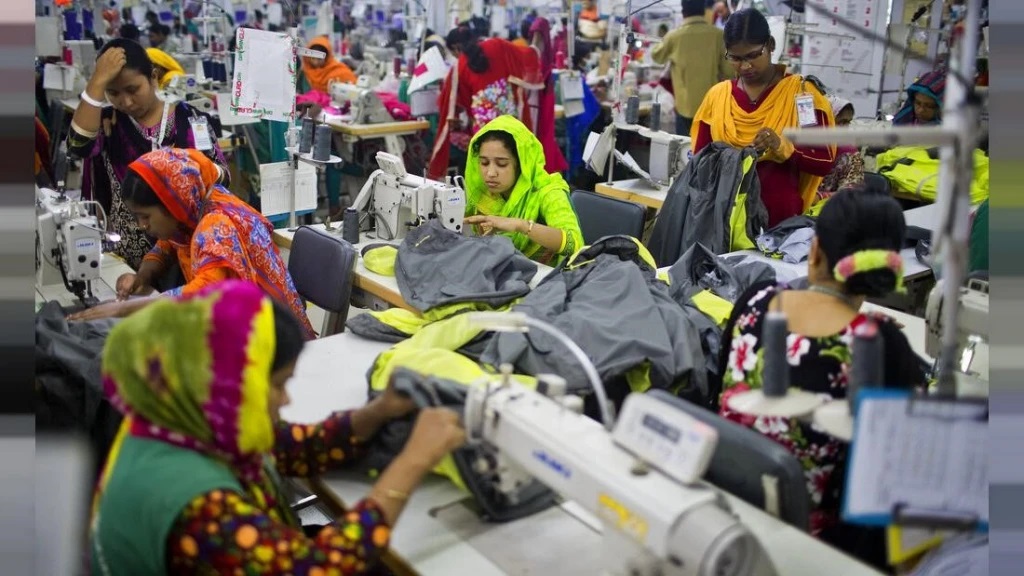
Fast fashion: An industry in need of a makeover
Author: Krisna Chanti
The New York Times first introduced the term fast-fashion in the early 1990s to illustrate how fast Zara was in bringing runaway trends onto store racks at a relatively low price.
From using them as a form of self-expression to reflecting one’s social status, the demand for in-style, affordable clothing continues to rise in today’s society. Unfortunately, keeping up with these demands has seen companies adopt speedy, cheap, resource-intensive supply chains. Combined, these raise concerns about unethical manufacturing. So how have innovations led to undesirable consequences and how can they, instead, provide the answer to transform the industry?
Technological innovation has shaped the fast fashion industry and has opened a new space for ultra-fast fashion
It all started as early as the industrial revolution and the invention of the sewing and textile machines. Soon enough, ready-made clothing was being mass-produced. Aside from these fundamental innovations, fast fashion is a business model innovation in itself. Companies needed to find quicker and cheaper ways to deliver their value proposition by outsourcing certain aspects of their production to “sweatshops” and using lower quality, inexpensive materials.
Other technological advancement has furthered the industry too. Forget fast fashion giants like Zara and H&M. Internet and big data have paved the way for online-only fast-fashion retailers. New players like Boohoo and Asos surpassed Zara’s revolutionary five-week design-to-retail process, making it as short as a week or two, awarding them the title of ultra-fast fashion. Although traditional fast-fashion retailers have been keeping up by introducing their own online shopping experiences, these e-tailers have leveraged big data to understand online consumer behaviour and tailor each user’s shopping experience to their taste. Technology has also blurred traditional geographic lines, with Southeast Asia adding 70 million new online shoppers since the beginning of the pandemic.
During the Covid-19 lockdowns, shopping from e-tailers became our only option. In a 2020 report, McKinsey predicted a 30% contraction of global fashion industry revenue for 2020, followed by positive growth in 2021, suggesting that Covid-19 would not have a prolonged impact on e-tailers. For example, by 2021, Asos reports increasing revenue and profit before tax by 22% and 36%, respectively. This is very much a favourable outcome considering the few occasions we had for wearing new clothes during times of Covid-19 restrictions.
What precisely is the cost of that £2.99 top?

Source: https://www.theguardian.com/
Major backlashes from the general public, human rights and environmental activists against the industry have become more common in recent years. The reasons lie in fast fashion’s two main formulas: cheap labour and material, which raise ethical and environmental concerns. Companies can offer cheap clothes by having radical cost-cutting measures; this famously includes underpaying garment workers and providing them with poor working conditions. The cycle does not end when the clothes are ready for display. In 2018, H&M had $4.3 billion US Dollars’ worth of unsold items. In fact, 85% of perfectly reusable textiles end up in landfills. Unfortunately, current technologies are not sufficient to recycle the waste, and there are no markets large enough to absorb materials at such volume, even if it does.
Escaping lock-ins when there are only a few alternatives
Though we as a society are aware of the problems, it seems that there’s no slowing down for these companies. Even Gen Z, which claims to be more sustainable, continues to buy from ultra-fast-fashion companies. In fact, they make up the majority of ultra-fast-fashion customers. Therefore, you will not likely see the items these companies sell in Vogue or other fashion magazines, but you will for sure find them worn by celebrities and influencers. Social media have created an effective and efficient marketing platform for these companies. Now, the average consumer buys 60% more clothing than 15 years ago but only wears them half as long due to lower quality.
The industry has sensed the increasing pressure to change direction, and more are now introducing their own “sustainable” lines, for example, H&M’s Conscious and Zara’s Join Life. These lines claim to implement new processes and raw materials in an effort to reduce their impact on the environment. Others run campaigns for recycling like Primark’s Let Your Pre-Loved Be Re-Loved!. But greenwashing remains a problem, the practice of falsely promoting an organization’s environmental efforts, which puts more urgency on transparency in fast-fashion companies.
Furthermore, there are not many alternatives to fast fashion. Slow fashion does practice more sustainability by producing better-quality garments that will last longer and put more emphasis on the people and the planet along its process. However, these items are typically sold at higher prices and do not reflect runway-esque designs. Additionally, fast fashion is often the only option for size-inclusive trendy clothing. Therefore, the switching costs may be too much for many shoppers-especially younger generations who are now used to buying trendy clothes at affordable prices. Yet, it is time to reflect: should I look “good” at the expense of many?
Intervention is required

Source: https://www.euronews.com/
The World Economic Forum suggested that digitization of the fast-fashion supply chain may turn things around by increasing transparency, predictability, accountability, and traceability. However, it is essential to note that these supply chains are long, with many contractors and subcontractors. Many depend on them to make ends meet, which brings complexity. For now, it seems that fast fashion companies’ efforts for more ethical and sustainable practices do not reflect the growth and profits they generate. Perhaps direct intervention is needed.
A 2020 EU survey by Fashion Revolution found that 70% of consumers believe that the government has a role in ensuring that clothes are produced sustainably. They also felt the government should make it easier for consumers to purchase clothes produced sustainably. Acknowledging such matter, The UK Government proposed an industry-wide action, Textiles 2030, a voluntary agreement in which participating companies pledged to reduce Greenhouse Gas (GHG) footprints of new products by 50% and water footprints by 30% by 2030. Textiles is also one of the industries included in the Waste Prevention Programme for England set for a more resource-efficient economy. We should expect more policies to address the ethical issues surrounding labour in the fast-fashion industry.
The future for more ethical and sustainable fast fashion is ultimately at the hands of industry players and policymakers. Though, as a fast fashion consumer myself, I believe we also play a pivotal role in breaking the cycle. It is as simple as buying timeless pieces, taking good care of them, and refraining from compulsive shopping habits.
 Krisna Chanti is an MSc student in Innovation Management & Entrepreneurship at Alliance Manchester Business School. A former public accountant, she is particularly interested in exploring the implication of technology adoption in firms and how to properly manage them.
Krisna Chanti is an MSc student in Innovation Management & Entrepreneurship at Alliance Manchester Business School. A former public accountant, she is particularly interested in exploring the implication of technology adoption in firms and how to properly manage them.
An earlier version of this blog was prepared for BMAN61001 Entrepreneurship, Technology, and Society, Alliance Manchester Business School, The University of Manchester.
Feature image source: Andrew Teebay (https://www.liverpoolecho.co.uk/)

0 Comments